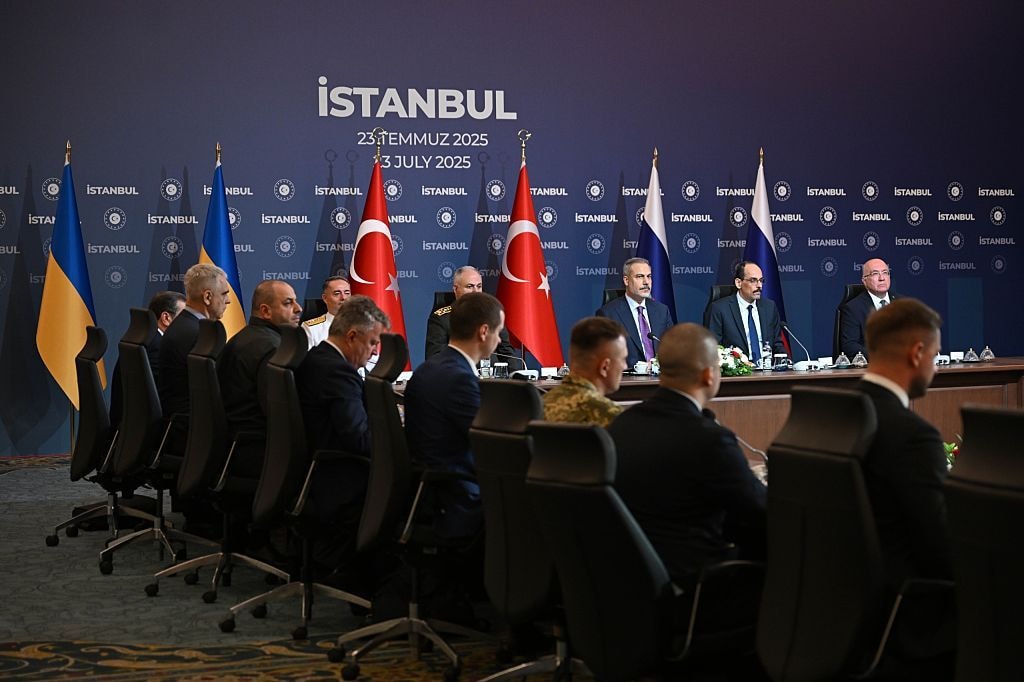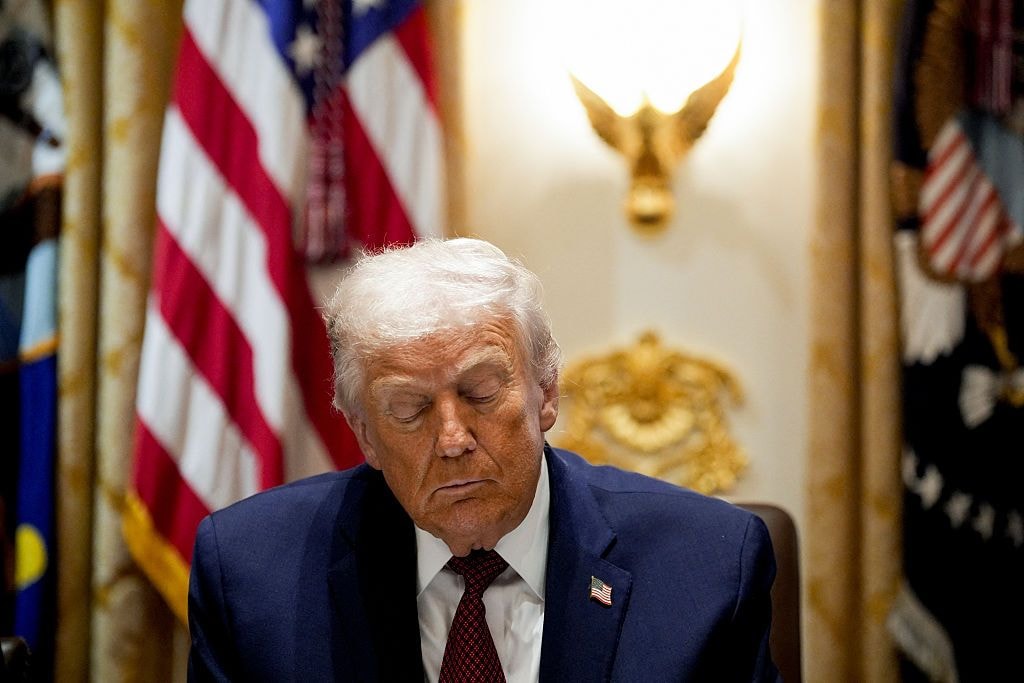ISW: Thin air defenses may permit more Russian attacks on rear Ukrainian cities

The need to redistribute Ukraine's already thinning air defense systems to protect heavily targeted cities such as Kharkiv may lead to routine Russian attacks on rear logistics and cities in Ukraine, the Institute for the Study of War (ISW) said in their April 10 report.
Russia has recently intensified attacks against Ukraine's second-largest city with the use of missiles, glide bombs, and drones, reportedly destroying almost all of its energy infrastructure.
President Volodymyr Zelensky spoke with Air Force Commander Mykola Oleshchuk on April 10 about reorganizing the use of air defense to provide additional protection to Kharkiv, which was attacked with Russian aerial glide bombs on April 9.
The reallocation points to the difficult choices necessitated by the munitions shortage, the ISW said.
"This further reorganization of Ukrainian air defenses ... will presumably draw from Ukraine's existing arsenal of missiles and launchers, which will stretch Ukraine's already limited air defense capabilities and provide Russian forces with the opportunity to further exploit weakened air defenses elsewhere," the ISW wrote.
Kyiv has ramped up efforts to secure Western air defense systems, particularly U.S.-made Patriots, to mitigate the shortage. The U.S. State Department announced on April 9 that it would provide a military sales package worth $138 million to Ukraine, enabling essential repairs and the procurement of spare parts necessary for Hawk missile systems.
ISW analysts warned that these limited emergency efforts would not be enough to adequately defend Ukraine's skies amid the Russian onslaught .
"U.S. emergency efforts to bolster Ukraine’s existing air defense capabilities remain insufficient to protect Ukraine against Russian strikes," the ISW said.
According to the ISW, Kyiv's limited air defense capacities may enable Moscow to conduct regular strikes not only against front-line targets, but also logistics and cities in Ukraine's rear areas.
Ukraine's "degraded and thin" air defense systems may "significantly increase devastating glide bomb strikes at scale, and possibly even permit routine large-scale Russian aviation operations against near rear Ukrainian logistics and cities," analysts said.













